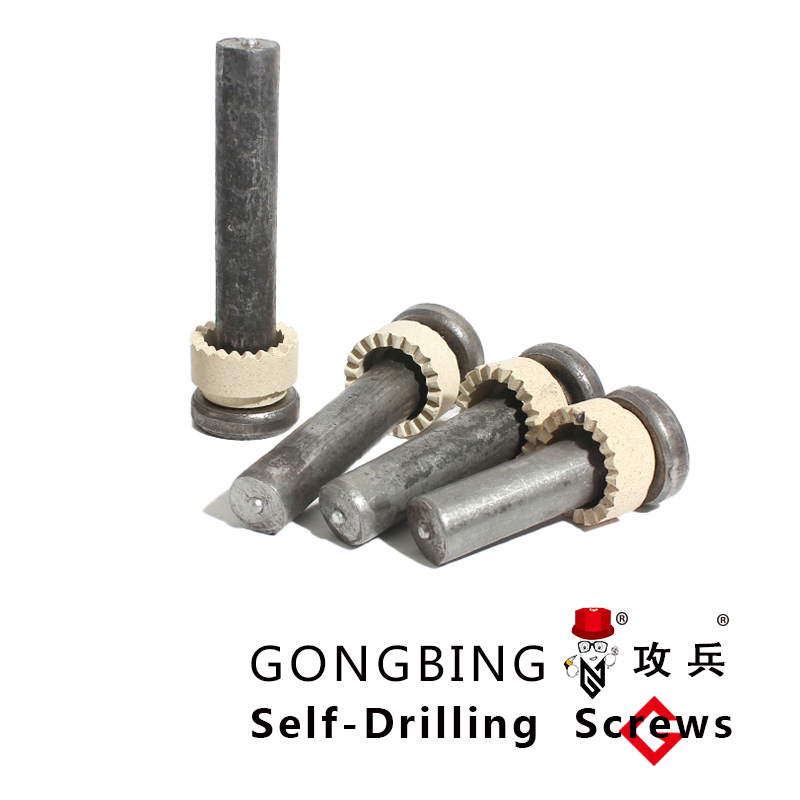Exploring Various Types of Steel Bracing for Enhanced Structural Stability and Support Systems
Steel Bracing Types An Overview of Structural Strengthening Solutions
Steel bracing is an integral part of structural engineering, enhancing the stability and resilience of buildings and other structures. By providing lateral support, steel bracing helps resist wind and seismic forces, ensuring the safety and longevity of constructions. Various bracing methods exist, each with its own benefits and applications. This article outlines the most common types of steel bracing in use today.
1. X-Bracing
X-bracing, also known as cross-bracing, is one of the most prevalent types of bracing used in buildings. This configuration uses diagonal steel members that cross each other in an 'X' shape, forming a truss-like structure. By diagonally connecting opposite corners of a rectangular frame, X-bracing effectively distributes loads and enhances resistance against lateral forces. The simplicity and effectiveness of X-bracing make it a popular choice in many high-rise buildings and industrial structures.
2. K-Bracing
K-bracing involves vertical and diagonal members arranged to resemble the letter 'K.' This design provides additional lateral support while requiring less material than X-bracing, making it a more economical choice in specific scenarios. K-bracing is often used in buildings with limited floor space or where aesthetic considerations must be balanced with structural requirements.
steel bracing types

Chevron bracing features diagonal members that connect to a vertical element at an angle, forming a shape similar to a chevron symbol. This design effectively resists buckling of the vertical members under compressive loads, providing enhanced strength. Chevron bracing is particularly effective in regions prone to seismic activity, as it allows for better energy dissipation during earthquakes. The use of chevron bracing can contribute to a building's overall ductility and flexibility.
4. V-Bracing
V-bracing is similar to chevron bracing but is characterized by pairs of diagonal braces that meet at a central point, forming a 'V' shape. This type of bracing is often used in lower structures and can provide significant lateral support while minimizing the overall weight of the framework. V-bracing is frequently found in both residential and commercial projects due to its aesthetic appeal and structural efficiency.
5. Rigid Frame Systems
In some instances, an alternate approach to bracing is the use of rigid frame systems, where columns and beams are connected in a way that allows them to work together as a unit. The rigid connections distribute loads throughout the frame, providing excellent resistance to lateral forces. While not classified strictly as a bracing type, rigid frame systems can effectively replace the need for traditional bracing in certain designs, particularly in high-rises and structures needing open interiors.
Conclusion
The choice of bracing type is determined by various factors, including the structural requirements, materials used, architectural design, and environmental considerations. Each type of steel bracing presents unique advantages that can be leveraged based on the specific needs of a project. Understanding these various bracing types and their applications is crucial for engineers and architects committed to enhancing the safety and stability of their designs. As construction techniques and materials evolve, the role of steel bracing will continue to be central in achieving resilient and durable structures in our ever-growing urban landscapes.
-
Weatherproof Plastic Expansion Anchors for OutdoorVijestiJun.06,2025
-
Sustainability in the Supply Chain: Eco-Friendly TEK Screws ProductionVijestiJun.06,2025
-
Load-Bearing Capacity of External Insulation FixingsVijestiJun.06,2025
-
Double Head Bolts: Enhancing Efficiency in Industrial MachineryVijestiJun.06,2025
-
Corrosion Resistance in Chipboard Screws: Coatings for Wholesale DurabilityVijestiJun.06,2025
-
Butterfly Toggle Bolts : Enhancing Structural ResilienceVijestiJun.06,2025
